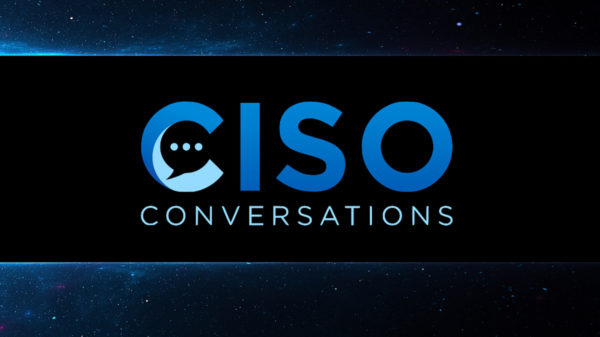The Cybersecurity and Infrastructure Security Agency (CISA) of the U.S. Department of Homeland Security (DHS) on Monday issued an alert for the Windows vulnerability tracked as BlueKeep and CVE-2019-0708.
CISA says it has tested BlueKeep on a machine running Windows 2000 and achieved remote code execution. The agency has advised users and administrators to install available patches, upgrade their operating system, disable unnecessary services, enable Network Level Authentication (NLA) if available, and block TCP port 3389 at the perimeter firewall.
CISA’s alert comes less than two weeks after the U.S. National Security Agency (NSA) urged users and administrators to take action to mitigate the BlueKeep vulnerability.
Many experts agree that it’s only a matter of time until CVE-2019-0708 is exploited in the wild. An increasing number of proof-of-concept (PoC) exploits have been developed, but a weaponized and fully working exploit that can achieve remote code execution has yet to be made public.
There are nearly one million vulnerable devices online and some cybersecurity organizations have seen scanning activity targeting BlueKeep.
BlueKeep impacts the Windows Remote Desktop Services (RDS) and it can be exploited by sending specially crafted packets to the targeted device. The vulnerability has been described as wormable and it has been compared to the EternalBlue exploit, which the notorious WannaCry ransomware used back in 2017.
Microsoft has released patches for Windows 7, Server 2008, XP and Server 2003. Newer versions of the operating system do not appear to be impacted.
According to data from BitSight, the highest number of vulnerable devices is in China, followed by the United States. The telecommunications, education, and tech sectors are the most impacted.
Related: Siemens Medical Products Affected by Wormable Windows Flaw
Related: Microsoft Reminds Users to Patch Wormable ‘BlueKeep’ Vulnerability
Related: DHS Warns Federal Agencies of DNS Hijacking Attacks













